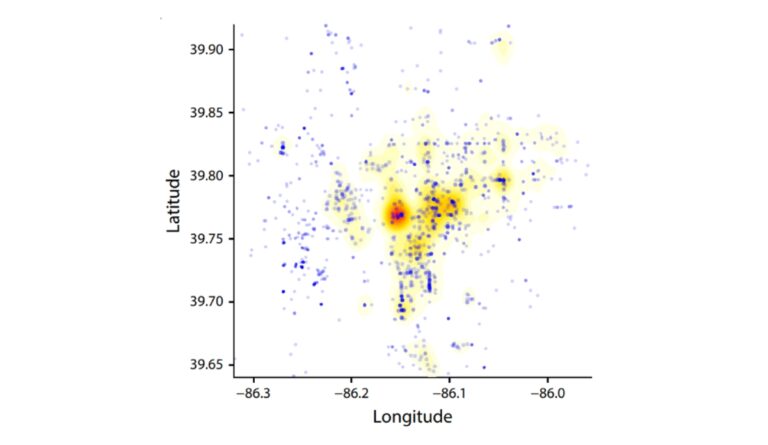Drug Confiscation: For Better or Worse?
While drug seizures are used to limit the use of illegal substances, disrupting drug markets may not be as effective as intended, and in some instances, may increase overdose risk.

Read Time: 2 minutes
Published:
The United States government confiscated 250,000 pounds of synthetic opioids and psychostimulants along the border in 2023 with the goal of limiting Americans’ drug use. Despite this, the number of overdose deaths per year has never been higher, surpassing 100,000 in 2022 and plateauing near 110,000. People are still finding and using illicit substances. So, when a person’s supply is taken away, where do they turn?
Shortages in street-level availability may force some people who use opioids or stimulants to go without, leading to extreme withdrawal symptoms. This drives some to seek different and riskier sources. Individuals with withdrawal symptoms due to lack of access to substances are particularly prone to overdose.
Bradley Ray and colleagues tracked drug seizures by police and overdoses in Indianapolis, Indiana to identify overdose patterns. They collected data on drug captures and overdoses from the Indianapolis Metropolitan Police Department, the Marion County Coroner’s Office, and Indianapolis Medical Services.
The researchers recorded the locations of all opioid and stimulant confiscations (shown as blue points on the graph above). They also mapped the geography of fatal overdoses, non-fatal overdoses, and recorded use of naloxone—an overdose reversal medication—by emergency medical services. The shading from yellow to red in the graph indicates frequency of overdose, with red being the most frequent. The graph shows data from the first six months of 2021.
Locations with frequent drug seizures and frequent overdoses often overlap. These trends persist across the study period.
While policymakers aim to limit the use of illegal substances, the authors suggest that the use of police to disrupt drug markets may not be effective, and may, in some instances, increase overdose risk. Harm reduction strategies, such as community saturation with naloxone and overdose prevention sites, have been shown to reduce overdose deaths.
Databyte via Bradley Ray, Steven J. Korzeniewski, George Mohler, et al. Spatiotemporal Analysis Exploring the Effect of Law Enforcement Drug Market Disruptions on Overdose, Indianapolis, Indiana, 2020–2021. American Journal of Public Health, 2023.



